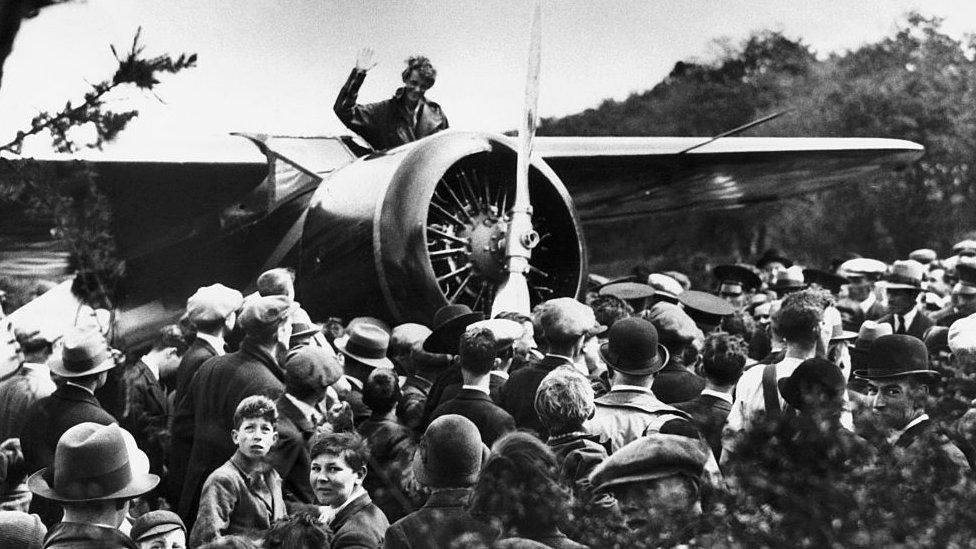Work begins on new 'people and place' museum
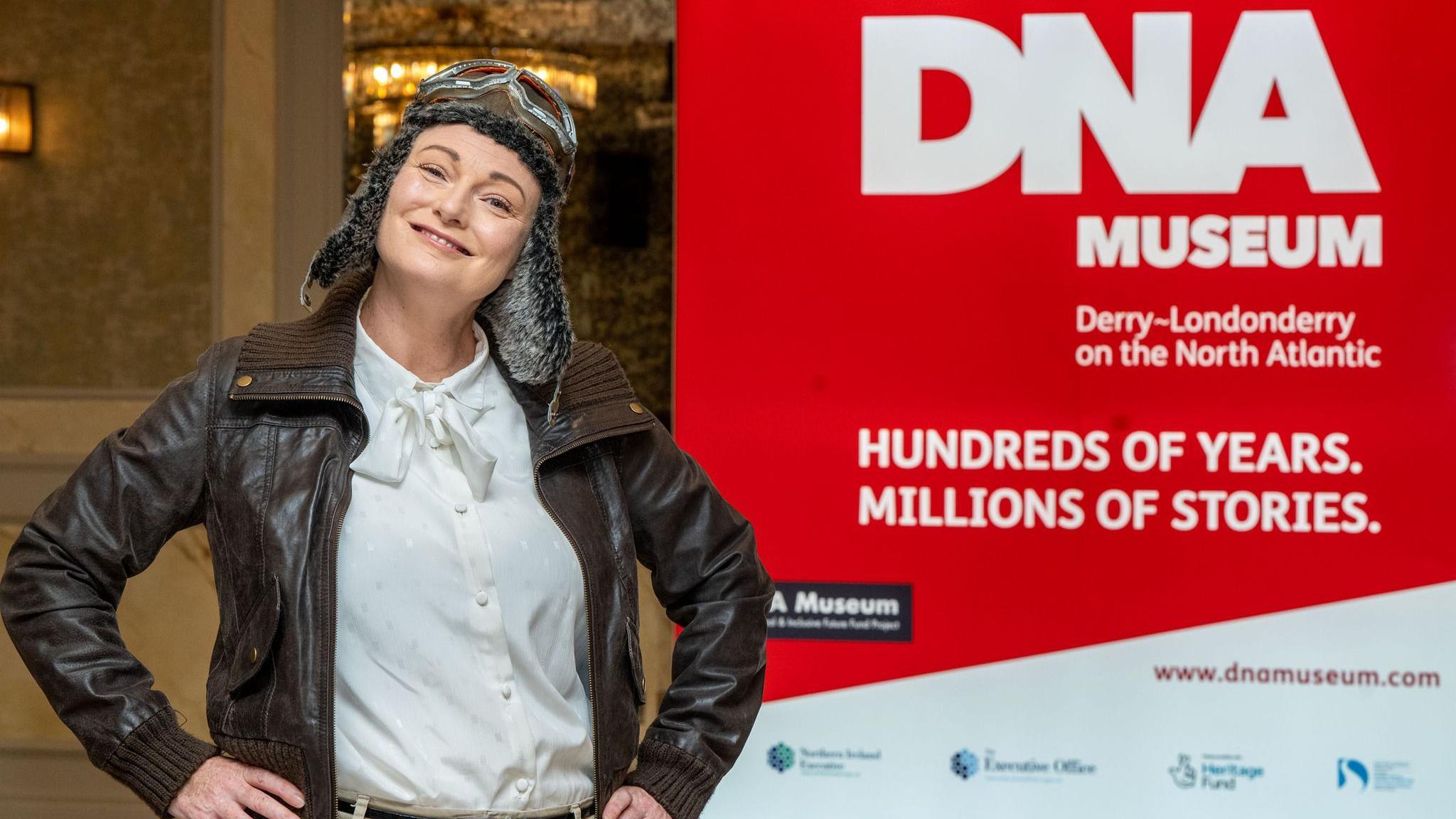
Londonderry's place in aviation history - Amelia Earhart landed in the city in 1932 - will be among the stories explored at the new museum
- Published
Work has begun on a new multi-million pound museum in Londonderry that will chronicle the north west's maritime, cultural and industrial past.
The DNA (Derry-Londonderry on the North Atlantic) Museum at the city's Ebrington Square will house six galleries, a discovery zone and a genealogy service.
The £15m project is due to be completed and the museum open to the public in the spring of 2027.
Margaret Edwards, from Derry City and Strabane District Council's museum services, said it would be a state-of-the art regional museum that reflects both "people and place".
Plans first mooted some 20 years ago are now coming to fruition, she said.
"I have to say this has been a long time coming. We've been really keen to have this happen, it's been a key ambition for us as a council museum service," she told BBC Radio Foyle's North West Today programme.
"We've talked about it for such a long time … and now we actually are physically starting the work."
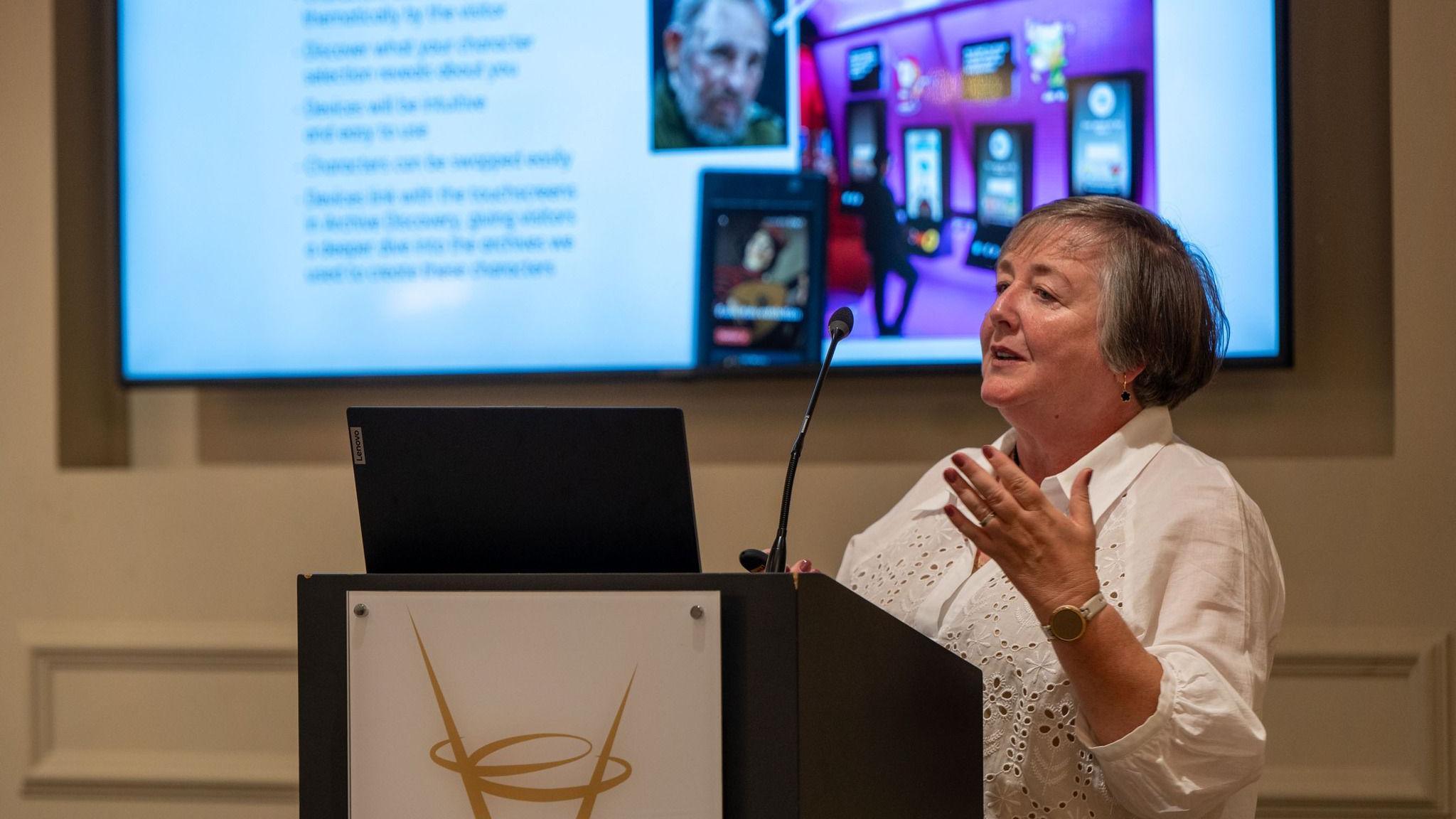
DNA is about people and place, Ms Edwards says
When complete, it will house six immersive galleries, she said, each dedicated to a different aspect of the region's heritage.
That includes the Story of Derry and the Spanish Armada exhibits currently housed in the city's Tower Museum, as well as exploring a number of other key aspects of local history.
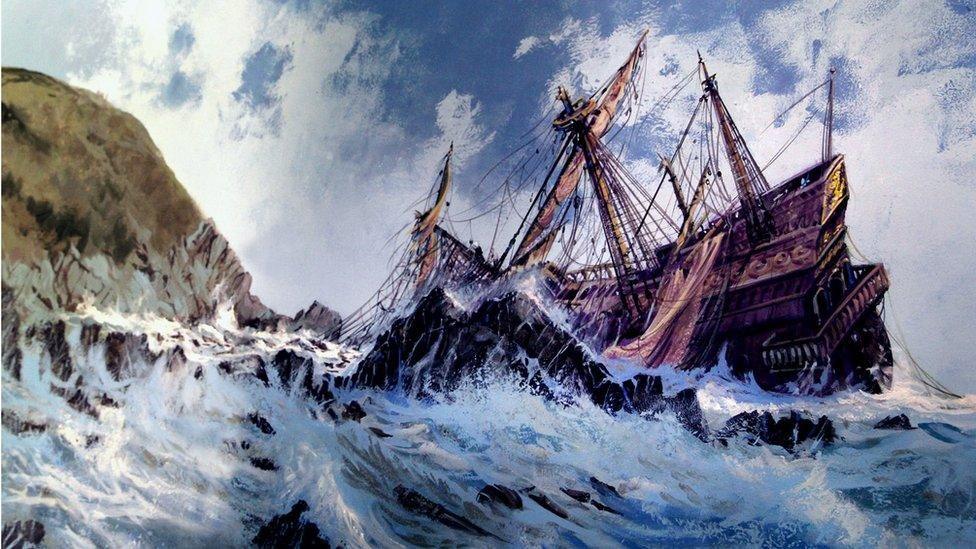
La Trinidad Valencera sank in September 1588 and its wreck later found by the City of Derry sub aqua club
"This is very much about the place and the people," Ms Edwards said.
"It's really about trying to create a sense of place in our first gallery and then as you make your way through the other galleries it's about our place here close to the Foyle, close to the Atlantic, our place as a port and as a place of industry."
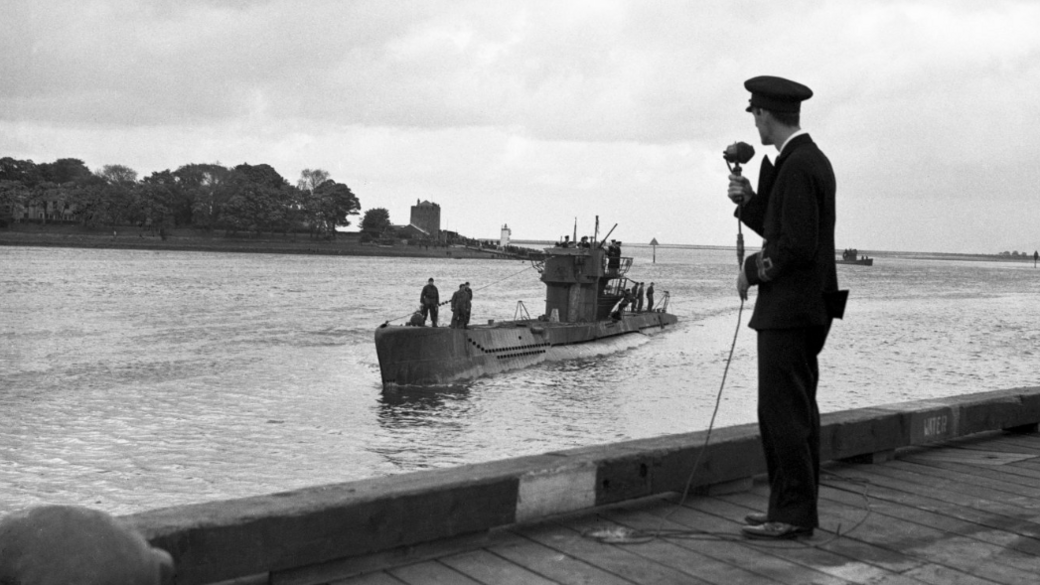
BBC commentator Lt Cdr Harry McMullan, reported on the surrender of German U-boats at Lisahally
As well as exploring the region's links to the Spanish Armada – the galleon La Trinidad Valencera sank in 1588, taken by rough seas off Kinnagoe Bay, in County Donegal and its wreck found by divers from City of Derry Sub Aqua club in 1971 – the museum will also tell the story of Derry's role in world War Two.
About 60 U-boats surrendered at the port of Lisahally, in Derry, during World War Two while the city's naval base - shared by the Royal Navy, the Royal Canadian Navy and the United States Navy – was pivotal to winning the longest continuous military campaign of the war, the Battle of the Atlantic.
The DNA museum will also be home to exhibitions charting the civil right movement and the north west's industrial past.
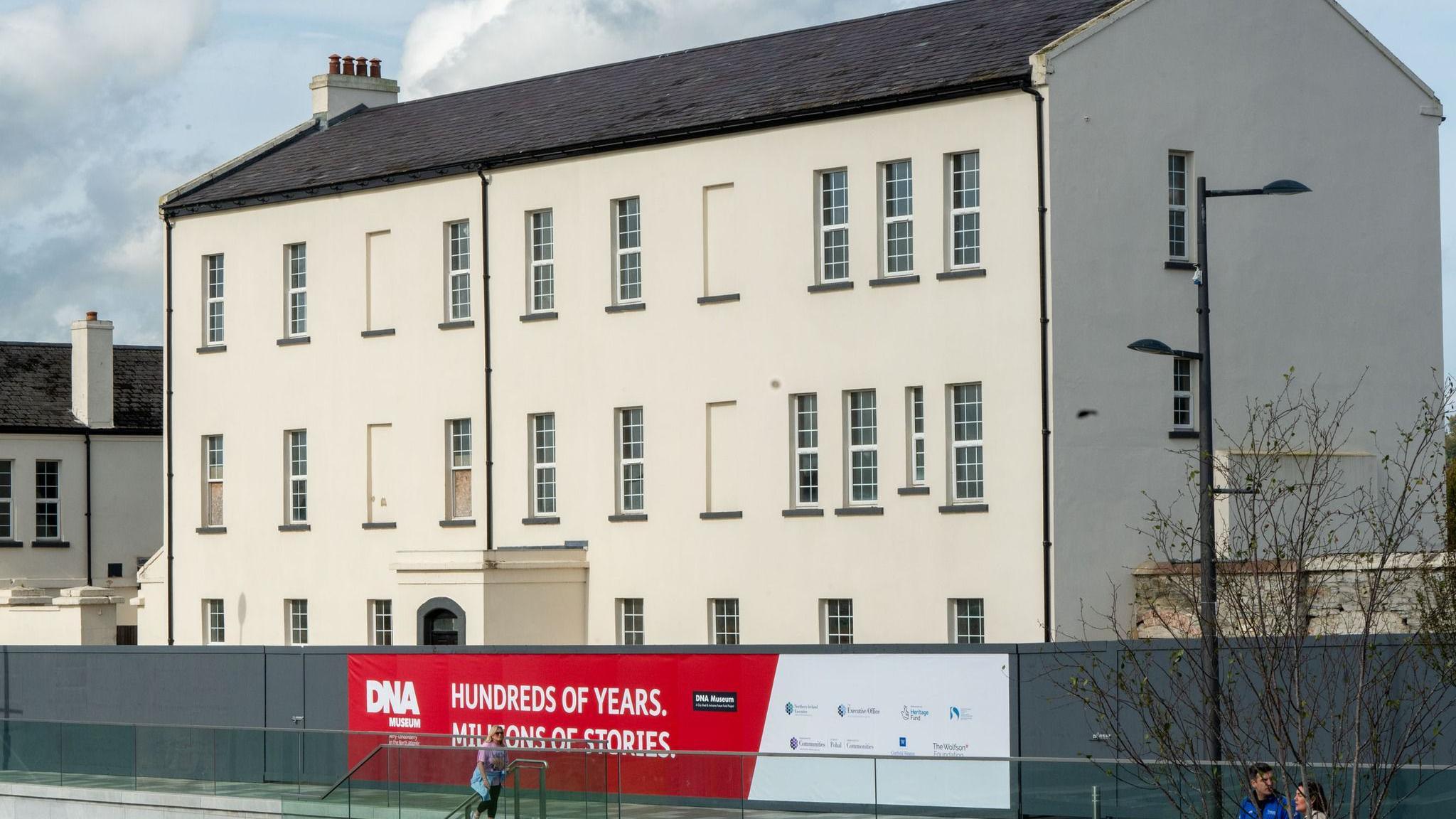
Work is expected to be completed on the Ebrington Square building in the spring of 2027
Plans for the museum had stalled back in 2018 because of Northern Ireland's political stalemate.
The DNA museum was given ministerial go-ahead in December last year.
It is one of a number of projects being delivered as part of the Derry and Strabane city deal.
It is being funded by a range of bodies including Stormont's Executive Office and Department for Communities and the National Lottery Heritage Fund.
Communities minister Gordon Lyons said the museum would become "a vibrant hub of community, a celebration of our culture and heritage and a space that fosters and encourages creativity and innovation".
Speaking to BBC Radio Foyle, he said: "It's going to be great for the city and for the wider north west and for Northern Ireland as a whole."
- Published5 December 2024
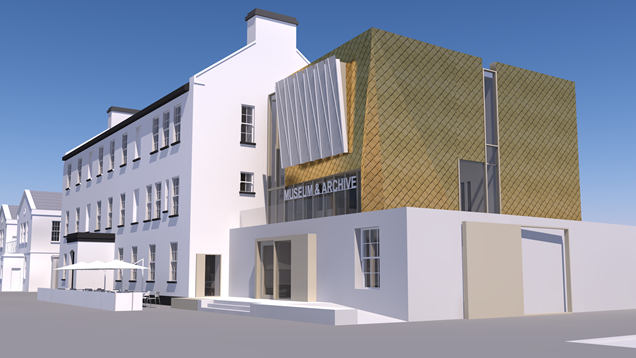
- Published12 May
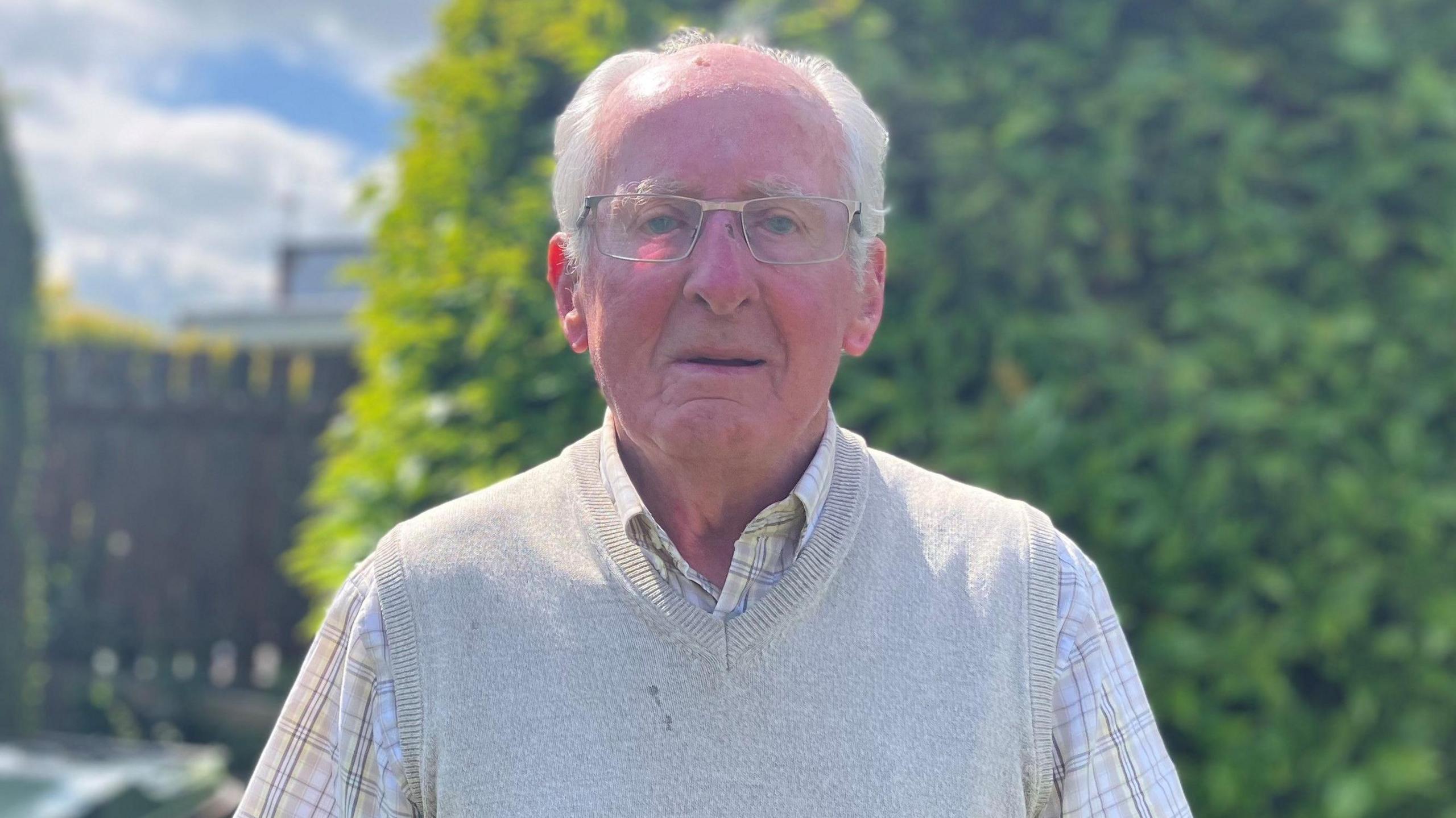
- Published20 February 2021
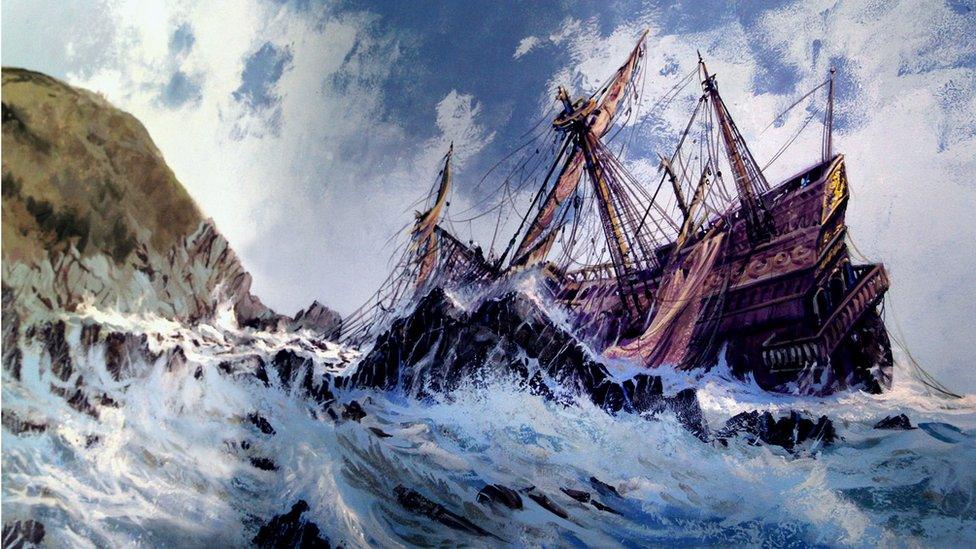
- Published21 May 2022
